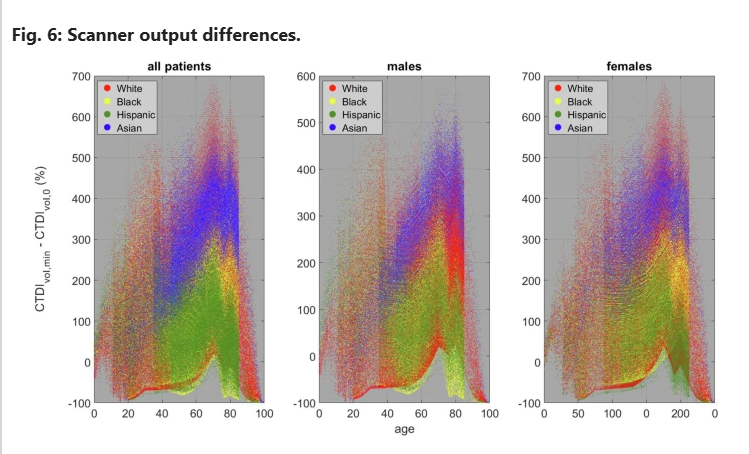
A research team from Duke University proposed a new holistic model to assess total risk in radiation. The study involved researchers from the Department of Radiology and Department of Biostatistics & Bioinformatics and defined a new approach where radiation risk is put in perspective with imaging benefits. The application of this model to a population of one million digital twins simulating a clinical liver cancer scenario found that the clinical benefit largely outweighs the radiation risk and that so much emphasis could be put on radiation safety in imaging that avoiding imaging could negatively impact patients' safety and path of care.
The article, Optimization of abdominal CT based on a model of total risk minimization by putting radiation risk in perspective with imaging benefit, was recently published in Communications Medicine, "a selective open-access journal from Nature Portfolio publishing high-quality research, reviews, and commentary across all clinical, translational and public health research fields."
Here is a "plain language summary" within the article:
The proper practice of radiology (using imaging technology to diagnose and treat diseases) should take into consideration both the risks and benefits to a patient. Such a comparison can be hard because risk and benefit are measured in different ways. The risk includes some amount of radiation exposure to patients which can cause harm, but the benefit could be identifying a medical problem that needs attention. To overcome this obstacle, we developed a mathematical model describing the risk-to-benefit of a medical imaging study. Our modeling exercise found that the clinical benefit outweighs the radiation risk. The finding that the benefit of detecting a problem is worth the risk of imaging is contrary to common belief. This study shows that so much emphasis could be put on radiation safety in imaging that avoiding imaging could negatively impact patients’ path of care.
Author information
Authors and Affiliations
- Carl E. Ravin Advanced Imaging Labs, Center for Virtual Imaging Trials, Department of Radiology, Duke University Health System, Durham, NC, USA Francesco Ria, Ehsan Abadi & Ehsan Samei
- Department of Biostatistics & Bioinformatics and Department of Computer Science, Duke University, Durham, NC, USA Anru R. Zhang, Reginald Lerebours & Alaattin Erkanli
- Department of Radiology, Duke University Health System, Duke University School of Medicine, Durham, NC, USA Daniele Marin